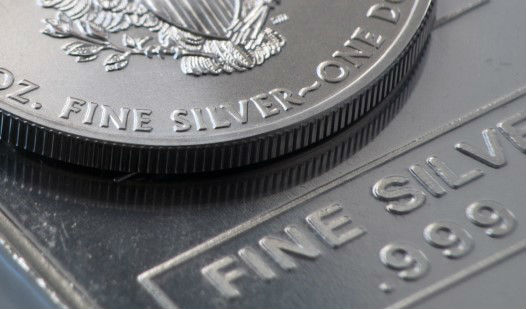Volatility trading (or “VIX” trading) is a category of derivative investments that work from the difference between risk (which can be quantified) and uncertainty (which, by and large, cannot be). Initially used as a category of investments for stock trading in the 1990s on the Chicago Board Options Exchange, it has expanded to futures contracts and options on commodities in the early 2000s, including an index for gold.
Volatility and Information Transmission
Volatility trading in its most concrete form is hedging on the spread between buy and sell prices on a commodity. Increasingly globalized trading has increased volatility. Common triggers for volatility include changes in banking policy, threats of armed uprising near oil wells and gold mines, and threats of political or civil unrest. Most measures of volatility cover historical trend lines; they’re excellent for modeling what happened. Implied volatility is forward-looking and gets updated very rapidly, nearly in real time. Gold price volatility is historically in the 10-20% range. Certain categories of news, such as national debt crises, and inflationary pressure, as well as bad jobs and retail sales reports, increase that volatility to 60% or more.
Strategic Implications
Gold is usually treated as a special commodity. It’s widely regarded as the “safe haven” for traders, and the range of values in gold price volatility reflects this. An IMF paper highlights gold price volatility and its sensitivity In a nutshell, good and bad economic news effects most volatility indexes equally. Gold is nearly unique in that its response to news is much more sensitive to bad economic indicators. For people who trade gold regularly, this conclusion is fairly intuitive, but the IMF paper provides a strong statistical basis for why it happens. The paper alludes to the possibility of significant non-linear effects in the gold market when confidence in inflation indexes passes a certain threshold.
When focusing on gold volatility trading, look for bad news indicators. In the U.S. news cycle, government reports on inflation, non-farm payroll numbers, and retail sales numbers. If you’re using gold trading as a commodities hedge, avoid put orders when those reports are scheduled for release, unless you have good reason to believe that those reports will drive the price down. If you’re looking to sell, time your sales for periods corresponding with those reports, at least in current economic climates.
As a final note, gold volatility trading is a riskier option in general than just taking a long-view buy-and-hold position on gold itself.



